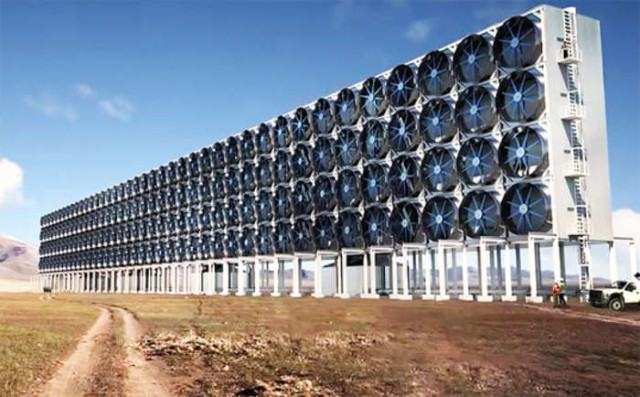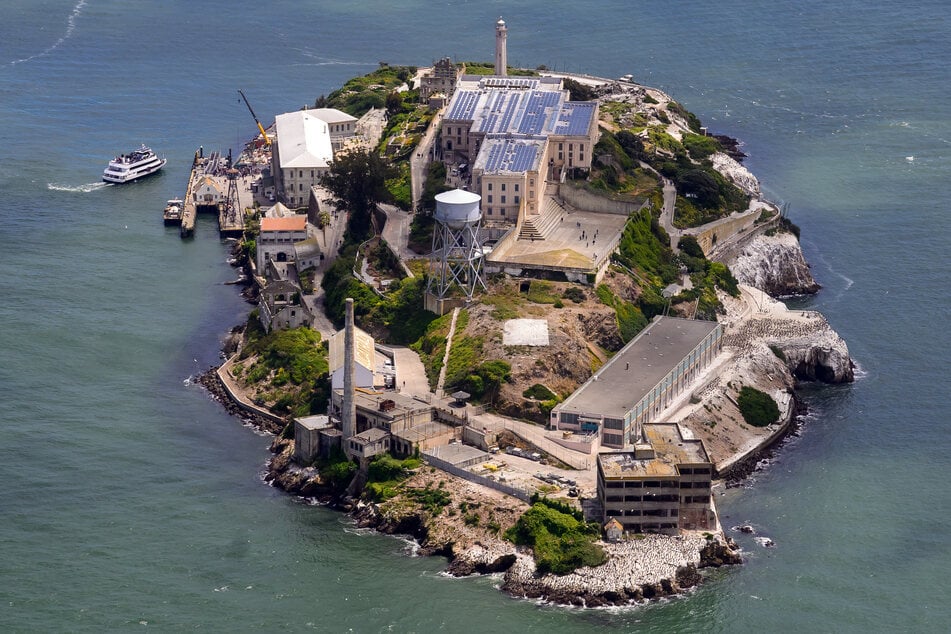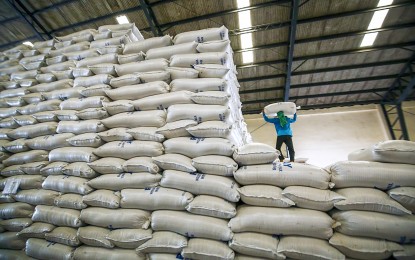Carbon Capture Tech: Can We Reverse Climate Change?" – Breakthroughs in trapping and storing CO2.
Carbon Capture Tech: Can We Reverse Climate Change - delves into the promising advancements in carbon capture and storage (CCS) technologies aimed at mitigating climate change. The article discusses various methods, such as direct air capture and storage (DACCS), mineral carbonation, and bioenergy with carbon capture and storage (BECCS). It highlights breakthroughs in trapping and storing CO2, the potential impact on reducing greenhouse gas emissions, and the challenges that need to be addressed to scale up these technologies. The article emphasizes the role of CCS in achieving global climate goals and its importance in the broader context of sustainable development.

As the world grapples with the urgent need to address climate change, carbon capture technology has emerged as a promising solution to reduce greenhouse gas emissions. By capturing carbon dioxide (CO2) from industrial sources and storing it underground or utilizing it for other purposes, carbon capture and storage (CCS) technologies aim to mitigate the impact of CO2 on the environment. This article explores recent breakthroughs in carbon capture technology and their potential to reverse climate change.
The Importance of Carbon Capture
Carbon capture technology is crucial in the fight against climate change. CO2 is the primary greenhouse gas responsible for global warming, and reducing its concentration in the atmosphere is essential for limiting temperature rise. CCS technologies offer a way to capture CO2 emissions from power plants, factories, and other industrial sources before they are released into the atmosphere.
Recent Breakthroughs in Carbon Capture Technology
-
Metal-Organic Frameworks (MOFs): MOFs are highly porous materials that can capture CO2 molecules more efficiently than traditional methods. Researchers have developed MOFs with enhanced absorption capabilities, making them suitable for large-scale carbon capture applications. For example, aluminum formate (ALF) has shown promising results in capturing CO2 from coal-fired power plants.
-
Direct Air Capture (DAC): DAC technologies capture CO2 directly from the ambient air, offering a way to remove CO2 that has already been emitted. Companies like Climeworks and Carbon Engineering are leading the way in DAC, with facilities that can capture thousands of tons of CO2 annually.
-
Dual-Function Materials (DFMs): DFMs combine a sorbent and a catalyst, allowing them to capture CO2 and convert it into useful products like synthetic natural gas (SNG) in a single process. This approach reduces the energy requirements and costs associated with carbon capture and utilization.
-
Chemical Looping Combustion (CLC): CLC is a process that uses metal oxides to capture CO2 during combustion, eliminating the need for separate capture equipment. This method has shown potential for reducing the cost and complexity of carbon capture in power plants.
Applications and Benefits
Carbon capture technology has a wide range of applications, from reducing emissions in power plants to capturing CO2 from industrial processes. The benefits of CCS include:
-
Reduced Greenhouse Gas Emissions: By capturing and storing CO2, CCS technologies can significantly reduce the amount of greenhouse gases released into the atmosphere.
-
Enhanced Energy Security: Utilizing captured CO2 for enhanced oil recovery (EOR) can increase the production of domestic oil, reducing dependence on foreign energy sources.
-
Economic Opportunities: The development and deployment of carbon capture technologies can create jobs and stimulate economic growth in the clean energy sector.
Challenges and Future Prospects
While carbon capture technology holds great promise, there are challenges that need to be addressed:
-
High Costs: The initial investment and operational costs of CCS technologies are still relatively high, making widespread adoption challenging.
-
Infrastructure Requirements: Developing the necessary infrastructure for transporting and storing captured CO2 requires significant investment and coordination.
-
Public Acceptance: Gaining public support for large-scale CCS projects is essential for their success.
Despite these challenges, ongoing research and development are driving innovations that could make carbon capture more efficient and cost-effective. With continued investment and collaboration, carbon capture technology has the potential to play a crucial role in reversing climate change and achieving a sustainable future.
In conclusion, carbon capture technology represents a vital tool in the global effort to combat climate change. By capturing and storing CO2, these technologies can help reduce greenhouse gas emissions and pave the way for a cleaner, more sustainable world. As breakthroughs continue to emerge, the potential for carbon capture to reverse climate change becomes increasingly attainable.
sources: Can we slow or even reverse global warming? | NOAA Climate.gov, Another weapon to fight climate change? Put carbon back where we found it, Can tech-based carbon removals mitigate climate change? | Yale Environment Review
What's Your Reaction?












/https://tf-cmsv2-smithsonianmag-media.s3.amazonaws.com/filer_public/54/66/546650fa-26a4-40fd-8d6d-5a7a04540f81/rosetta2.png)
:max_bytes(150000):strip_icc():focal(999x0:1001x2)/robert-prevost-050825-1-39395418ab494da5a3a700c9478e66c8.jpg)















































format(webp))
format(webp))


























